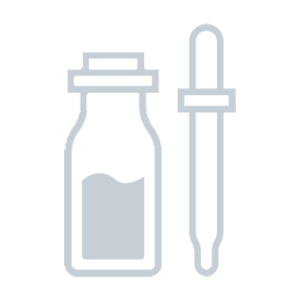
Dr. Sheth's Ceramide And Vitamin C Sunscreen - is a product with 36 ingredients. Contains: Ceramides - Phytosphingosine; Antioxidant - Lecithin;
Organic score: 25% natural, 44% chemical. Vegan - No; Cruelty free - No; Reef safe - No;
Positive effects
Concerns
INCI - Full Breakdown
Water is a great solvent. It’s neutral and doesn’t provide any strong positive or negative effects. It just helps components to mix better and to transport active components.
Titanium Dioxide is a very effective sunscreen. It belongs to physical sunscreens, meaning it reflects the UV rays like a mirror. The component is a mineral with white color. That’s why it’s also used in different powders as a pigment or brightener.
The component can be both safe and unsafe. It’s reported to be possibly carcinogenic to humans when inhaled. That’s why we don’t recommend using products where TiO2 is used in the form of powder and can be inhaled.
Sometimes it can be a nanoparticle. We recommend avoiding this form because it’s not researched well enough. A safer option is to use a non-nano form.
Avobenzone is the only chemical UV-protection component with a broad spectrum coverage. It can help to block both UVA I and UVA II rays. It's safe and it is allowed to use at a 3% concentration in the USA and a 5% concentration in the EU countries.
There is one problem: avobenzone loses efficiency when exposed to the sun. If you are outside, it loses 36% of its ability to block UV rays an hour after application. That's why it's recommended to reapply sunscreen every 2 hours.
Octocrylene is an organic chemical sunscreen. It protects against UVA and UVB rays that can damage your skin or even lead to melanoma. It also stabilizes other sunscreen ingredients in a formulation and increases the water resistance of a product. It is approved by the FDA in concentrations of up to 10%. It’s not a very effective component on its own, that’s why manufacturers combine it with other chemical sunscreens.
Lecithin is a great emulsifier. It also has slight antioxidant activity, but it’s not enough if you are looking for a strong and effective anti-oxidant. Our skin cells contain Lecithin and that’s why this component will hardly cause any problems or negative reactions. It soaks in pretty fast and it’s accepted by skin cells very well.
Phenoxyethanol is one of the most popular preservatives. It kills bacteria and makes the product live longer. Manufacturers like this ingredient because it can dissolve in any liquid, even in oils.
Another purpose of this component is the fixation of aromas in perfumery. Phenoxyethanol is also used as a strong antiseptic and a good antibacterial agent. It is widely used in dermatological cosmetics alongside natural antiseptics such as chamomile, sage, and calendula.
Functions
Reviews
The product doesn't have reviews. Be the first to share your experience.










